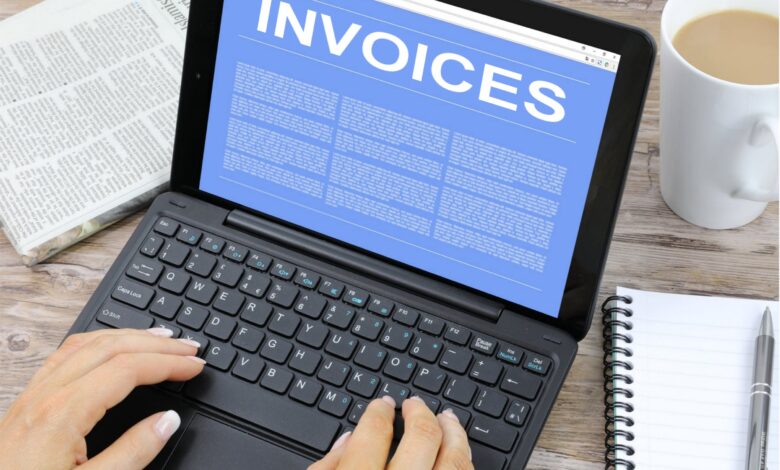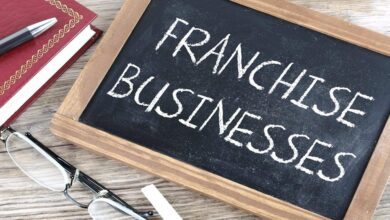Electronic Invoicing and Its Relationship with the Environment

Electronic invoicing (e-Invoicing) is the exchange of an invoice document in an integrated electronic (paperless) format between a supplier and a buyer. It is often the first step to digitization in a company.
In a post-pandemic world where contactless modes of conducting business are preferred, e-invoicing is becoming popular. Moreover, studies have shown that automated e-invoicing from AP providers like easyap will result in saving costs of up to 60-80% as compared to traditional paper invoicing. (Bruno Koch, 2019).
Apart from the cost savings, the biggest highlight is the positive impact that electronic invoicing has on the environment. Unlike electronic invoicing, paper invoices are responsible for ten per cent of all trees cut down worldwide. Also, creating paper invoices uses as much energy each year as the consumption of 20 million households.
Paper invoicing and the environment
As consumers in the fast-paced world, we are often asked, “would you like a receipt?” after making purchases. More often than not, we say yes, collect the receipts and then forget about it. They get lost in our wallets, crumple in pockets, and end up in wastebaskets. Have you ever wondered how much paper you accumulate in receipts?
Paper invoicing poses severe concerns to the environment. The high amount of paper used results in the loss of trees, and the transportation of the paper invoices results in CO2 emissions and a bigger carbon footprint.
Effect on Trees and Aquatic Life
The latest Billentis report estimated that of the 550 billion invoices generated globally, only 55 billion were e-invoices. This means that we are still printing many paper invoices regardless of the number of businesses that have digitized their invoice processes.
A study from Grand View Research estimated that the US consumed 280,000 metric tons of point-of-sale receipts in 2019, which required the wood of 3,630,000 trees. Furthermore, many receipts can’t be recycled because of the thermal paper they are printed on. Moreover, the thermal paper used for receipts has a coating of bisphenol A (BPA) or bisphenol S (BPS), which allows the text to appear. These, when released into water bodies, cause contamination and negatively affect aquatic life in fresh and saltwater areas.
Effect on CO2 Emissions
Sending these paper invoices all over the globe involves CO2 emissions. It is estimated that they produce three times more CO2 than e-invoices. If you thought that was all, you’re mistaken! Transportation of paper invoices also causes fossil fuel pollution from mailing and shipping.
Grand View Research study also found that the annual greenhouse gas emissions produced from manufacturing thermal paper are the equivalent of emissions from over 400,000 cars. Therefore, by reducing paper usage, companies can directly reduce their carbon footprint. Moreover, utilizing automated electronic invoicing services can allow for a seamless invoice approval workflow, making the company sustainable, and rendering better productivity within the company
Conclusion
Paper invoicing consumes much paper, resulting in the destruction of trees and the use of other natural resources. It has adverse effects on trees as well as on CO2 emission, leaving a huge carbon footprint on the planet.
So, how can you, as a business or an individual, adapt your business or your daily practices to move away from printed receipts? The answer is account payable outsourcing and electronic invoicing.
Electronic invoicing helps reduce the amount of paper used and positively impacts the environment. If you want to become conscious of your impact on the environment and make a positive change, consider switching from paper to electronic or online invoices!



